‘I was lucky.’
Survivors of a tragedy often say it was little things breaking their way which made all the difference.

Like Howard Lutnick, whose firm, Cantor Fitzgerald, had offices in the World Trade Center.
While more than half of his employees were killed on 9/11, he survived.
He was taking his son to his first day of kindergarten when the plane struck the North Tower.


Or New York financier J.P. Morgan.
He decided to stay a bit longer in Europe and canceled his reservations on the Titanic just days before she set sail.
He even managed to retrieve an art collection he had stored in Titanic’s hold for the trip.

And so it was with the USS Nevada, a battleship which was moored behind the Arizona on Ford Island’s Battleship Row in Pearl Harbor on December 7, 1941.

The little things which broke Nevada’s way:
switching berths with the Arizona on coming into port a few days earlier;
resting alone, with no other ship alongside which could block access to the harbor channel;
sitting astride, so that Japanese torpedo bombers couldn’t get a good angle on the ship’s hull;
firing up a second boiler early in the morning to enable a transition in the ship’s power supply later in the day.
It all cut the Nevada’s way, enabling the ship to leave her berth at Ford Island and steam down the channel towards the sea as Japanese bombs rained down from overhead.
No other ship did it.

Much credit goes to the Nevada’s junior crew.
The Nevada’s captain and executive officers were ashore with family that Sunday morning, leaving a junior crew in charge.
They were untrained in command positions.
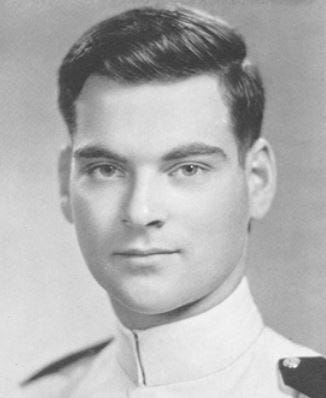

The senior man aboard was twenty-one-year-old Capt. Joseph Taussig.
It was Taussig who had ordered the lighting of the ship’s second boiler early in the day.
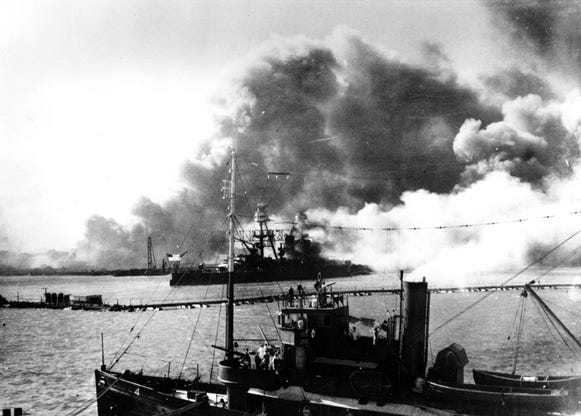
When the Japanese attack began, Nevada’s crew chopped her hemp mooring lines with fire axes to break free.
The junior officers then steered the ship through the narrow channel, unaided by harbor tugs, attaining a sailing speed of fourteen knots, which exceeded the channel speed limit.
Japanese machine gun fire strafed the ship’s decks, yet her gun crews, with the help of rescued USS Arizona sailors, returned artillery fire.
[They’d later be credited with downing five Japanese aircraft.]
The Nevada suffered five or more direct bomb hits, setting off gasoline fires which raged throughout the ship.
Yet she kept going.
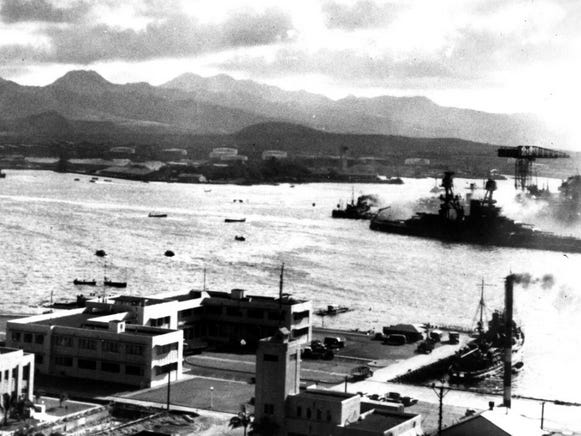
The sight of the Nevada sailing down the channel while under heavy attack, her artillery blazing, her tattered flag flying above a wooden deck shattered by bombs and partially ablaze, brought cheers from beleaguered sailors and Marines on board other vessels and on shore.
Tugboats and ships tooted their horns and rang their bells in the din.
Survivors would later recall the sight with prideful tears.
America was fighting back.
Fifty men were killed on the Nevada and another 109 were wounded, out of a ship’s complement of 1,530.
Among those lost was Seaman 1st class Arnold Leo Anderson, age nineteen, a fresh recruit from Waverly, South Dakota.
He was a killed along with his entire gun crew during the Nevada’s race to the sea.
Among those who survived were the six Patten brothers from Odebolt, Iowa.
They all were working in the ship’s engine room that morning.
They would also survive the sinking of the USS Lexington, on which they all served, in the Battle of Coral Sea in May 1942.
All of the Patton brothers would survive the war.
And the family would be hailed as the largest — maybe the luckiest — Navy family in America.
*****************************
I’ll see you tomorrow.
— Brenda
















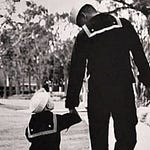
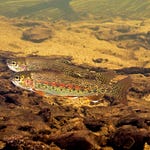
Share this post